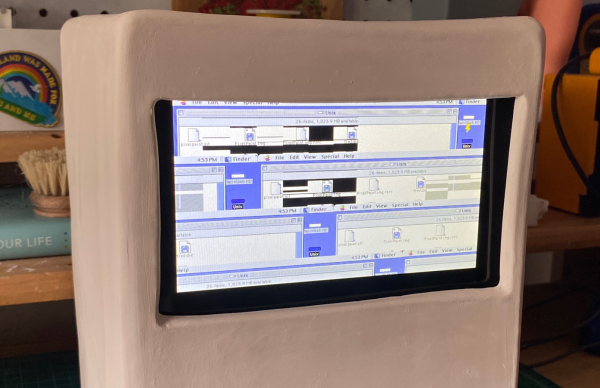The designers of older equipment that contained a CRT monitor rarely made the effort to design their own driver and deflection circuitry. Instead they were more likely to buy an off the shelf assembly from a monitor manufacturer, and simply supply it with their video. [TomV] has an old HP 16500A logic analyzer, and in it he found a Sony monitor chassis. With a quest for a microfiche service manual and a bit of reverse engineering, he was able to hook it up to a VGA port and use it as an extension monitor for his laptop.
The monitor chassis is a Sony CHM-9001-00, which sports their 10″ Trinitron tube. These were among the very best CRT tubes of the day, making it the type of module 1990s hacker would have been very pleased to get their hands on. Here in 2022 a look at the monitor’s 40-pin connector reveals a standard RGB interface which the service manual confirms is within the voltage range to be driven from a VGA output. A Thinkpad X220 is pressed into service, with a 576 by 360 pixel at 60 Hz video mode defined, and there we have it, a modern desktop on an obsolete piece of test equipment.
The intended destination for this monitor is a small arcade cabinet, so it needed to be independent of the HP chassis. The required 120 VDC supply comes from an inverter designed for solar battery charging, which balked at the inrush current from the monitor when fed with 12 V. Increasing the supply voltage on the low voltage side solved that, leading to a very serviceable monitor. We have no use for one, but we’d be lying if we said we didn’t want one.
Perhaps you may have wondered, what made Trinitrons so good?



















